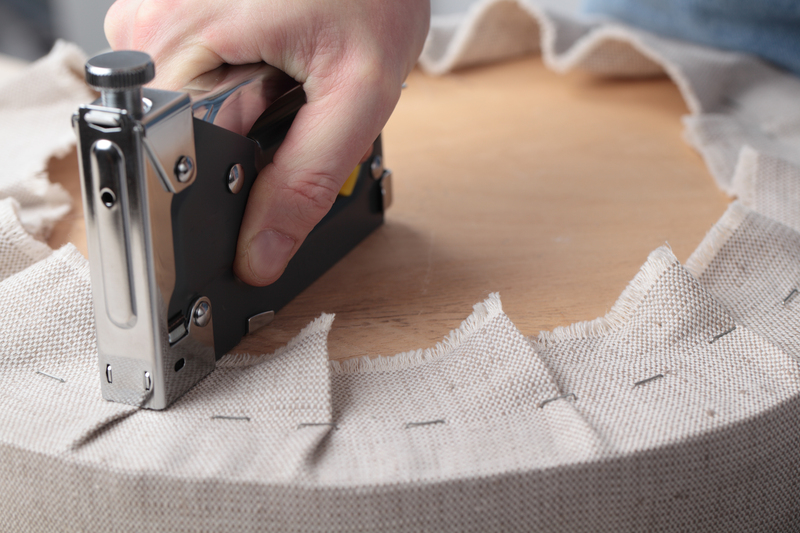Introduction to Glass Recycling
When we talk about recycling, glass often stands out as a fascinating subject due to its ability to be recycled infinitely without losing purity or quality. This article dives deep into the complex yet intriguing world of glass recycling and offers essential insights into its process, benefits, and impact on the environment.

Understanding the Glass Recycling Process
The process of recycling glass is straightforward yet highly efficient. Here, we discuss each step in detail:
Collection and Sorting
Glass recycling starts with the collection and sorting of glass waste. This is commonly handled at recycling centers, curbside bins, or collection points.
- Glass is sorted based on color: clear, green, and brown, which helps in ensuring the highest quality of recycled product.
- Sorting is crucial as mixing colors can lead to contamination of recycled glass.
The Crushing Stage
After sorting, the glass is crushed into small pieces known as cullet. Cullet is a valuable raw material for glass production.
- Using cullet reduces the amount of raw materials needed, saving energy and resources.
Cleaning and Purity Assurance
Before proceeding to melting, cullet undergoes cleaning to remove any impurities such as metals or plastics. This ensures that the resulting recycled glass maintains high purity.
Melting and Reformation
The clean cullet is then mixed with raw materials (like sand, soda ash, and limestone) and melted in a furnace. This stage transforms the material into molten glass, which can be molded into new products.
Benefits of Glass Recycling
Recycling glass provides numerous environmental and economic benefits:
Environmental Impact
- Energy conservation: Recycling glass saves up to 40% of the energy needed compared to producing new glass from raw materials.
- Reduction in CO2 emissions: By using cullet, glass recycling significantly cuts CO2 emissions, contributing to lower carbon footprints.
- The infinite recyclability of glass prevents waste from ending up in landfills, reducing pollution and saving landfill space.
Economic Advantages
- Glass recycling stimulates job creation in the collection, sorting, and processing sectors.
- It decreases the cost of production for manufacturers, as recycled glass is cheaper than raw materials.
Challenges in Glass Recycling
Despite the benefits, glass recycling faces several challenges:
Collection and Sorting Concerns
Mixed recycling streams can complicate the efficiency of glass recycling. Proper collection and sorting are essential yet often under-emphasized, leading to contamination.
Cross-Contamination Risks
Any presence of non-recyclable materials, such as ceramics or heat-resistant glass in the recycling stream, can drastically affect the quality of the recycled glass.
Economic and Market Challenges
The varying economic viability of recycled glass is a challenge. Fluctuations in market demand and prices for recycled materials affect profitability.

Innovations and Future Prospects in Glass Recycling
Innovation and technological advancements are paving the way for more efficient and effective recycling strategies:
Advanced Sorting Technologies
- Advanced optical sorting technologies can significantly improve the efficiency and purity of sorted glass cullet.
Public Awareness and Policy Support
Increasing public awareness about the benefits of glass recycling can lead to better participation rates. Policies that promote the use of recycled glass in manufacturing are also critical.
Conclusion
In summary, glass recycling offers immense benefits but requires meticulous processes and widespread participation to overcome inherent challenges. The future looks promising as innovations continue to emerge, providing hope for more sustainable practices and a healthier planet. There is no doubt that understanding and investing in the world of glass recycling unveils a wealth of eco-friendly opportunities for communities and industries alike.